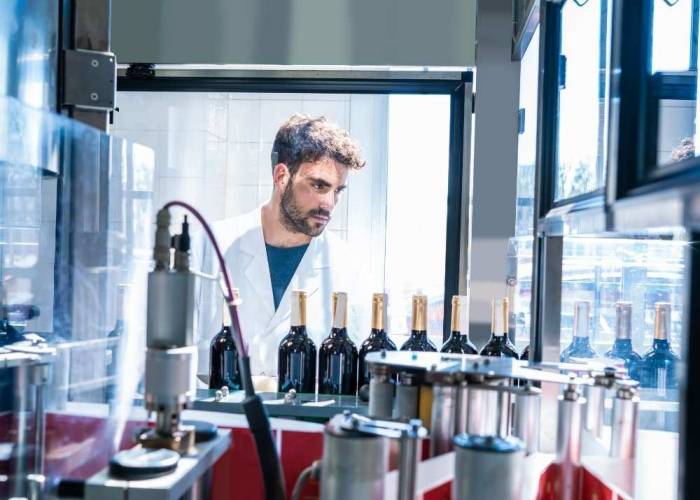
Alcohol labels in the United States are regulated by the Alcohol and Tobacco Tax and Trade Bureau (TTB), but the numbers printed on bottles are not always as precise as many consumers might expect. The alcohol by volume (abv) percentage, which indicates how much of the liquid is pure ethanol, is subject to a margin of error allowed by federal law. For wines at or below 14% abv, the TTB permits a variance of up to 1.5% in either direction. For wines above 14%, the margin narrows to 1%. This means a wine labeled at 13.5% abv could legally contain anywhere from 12% to 15% alcohol.
This flexibility exists because winemaking is an agricultural process with natural variations from year to year. Grapes ripen differently depending on weather, soil, and other factors, which can affect sugar levels and ultimately the alcohol content after fermentation. Winemakers also use different methods to measure abv, each with its own strengths and weaknesses. Traditional tools like hydrometers and ebulliometers estimate alcohol content based on sugar levels or boiling points, while modern wineries may use gas chromatography or infrared spectroscopy for more precise readings.
Despite advances in technology, there is no requirement for wineries to use third-party labs for abv testing. Many producers conduct their own analyses in-house, leading to further variability in results. Some wineries choose to verify their findings with outside laboratories for added accuracy, but this is not mandated by law. The timing of when samples are taken also plays a role; measurements before or after blending can yield different results, and labels are often printed before final bottling is complete.
Climate change has added another layer of complexity. Warmer growing seasons have led to riper grapes with higher sugar content, resulting in wines with higher potential alcohol levels. Some winemakers are now harvesting earlier to keep abv in check, but this requires careful management and may impact flavor profiles.
International differences further complicate matters. In the U.S., alcohol content is measured at 60°F, while most other countries use 20°C (68°F). This difference in temperature standards can cause reported abv values to vary by up to 0.3%. Some experts have called for the U.S. to adopt the international standard for consistency.
For consumers, this means that the abv listed on a bottle should be viewed as an informed estimate rather than an exact measurement. The number reflects not only scientific analysis but also regulatory allowances and winemaking decisions made throughout production. While most wines fall within the legal range, small discrepancies are common and generally do not pose safety concerns.
Winemakers emphasize that alcohol content is just one factor among many that influence a wine’s character. Higher abv can contribute to body and mouthfeel, while lower levels may result in lighter styles. The flexibility allowed by current regulations gives producers room to focus on balance and craftsmanship rather than hitting a specific number.
Ultimately, while U.S. alcohol labels provide useful guidance for consumers, they are not absolute guarantees of what is inside each bottle. The system relies on a combination of science, regulation, and trust between producers and drinkers. For most people enjoying a glass of wine or spirits, the small margin of error makes little practical difference—but it remains an important detail for those who want to understand exactly what they are drinking.

Dining and Cooking